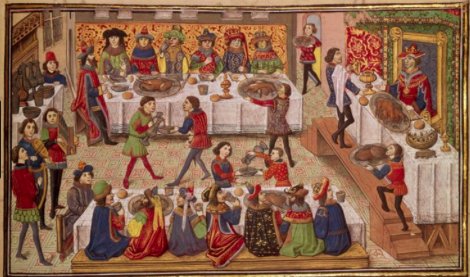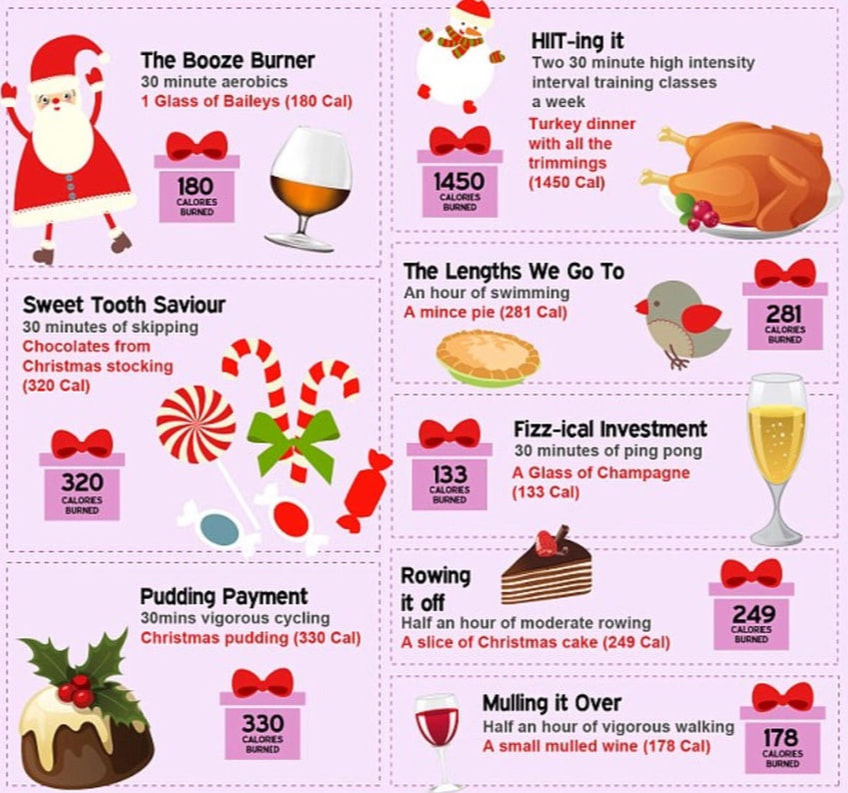- Home
- News Stream
-
Services
- Gateshead - Naloxone Supply Service
- Gateshead - Alcohol IBA
- Winter Access Services
- Tackle High BP
- Microspirometry
- 2019-20 South Tyneside Council Flu Service
- 2019-20 Gateshead Council Flu Service
- GP2P Service
- CPRS
- NHS Health Checks - Gateshead
- NHS Health Checks - South Tyneside
- Think Pharmacy First Gateshead
- Think Pharmacy First ST
- EHC-South Tyneside
- EHC-Gateshead
- Events
- Contact Us
- Search
Ph'estive LPC Webpage
Welcome to LPC Christmas page. Our traditional Ph'estive page. Following the success of last years page the Comms team decided to again outsource our Christmas content to our committe members!!
The brief was simple submit someting Ph'estive. This year the committee have taken to the internet to find an eclectic mix of festive articles, videos, recipes and images.
The Comms team hope you enjoy the page and would like to wish you all a Merrry Christmas and all the best for the New Year.
The brief was simple submit someting Ph'estive. This year the committee have taken to the internet to find an eclectic mix of festive articles, videos, recipes and images.
The Comms team hope you enjoy the page and would like to wish you all a Merrry Christmas and all the best for the New Year.
Seasonal Greetings and Best Wishes for 2018
From all the members of the LPC

Traditionally, a huge log would be selected in the forest on Christmas Eve, decorated with ribbons, and dragged back home. This was known as 'Bringing in the Yule Log'. The magical properties of the Yule Log were said to ensure good luck in the coming year to all those who lent a hand at pulling it over the rough ground.
Once yule log was brought to the fireplace, a blessing was said over it, asking that it should last forever. Wine was poured over the log at this point to make it feel welcome. It was then placed on the fire and lit with a torch made from a piece of wood left over from last year's Yule Log. After lighting, it was kept burning throughout the twelve days of Christmas. Yule Log Recipe Ingredients For the chocolate sponge

Before the Big Man In Red arrived, keep the kids entertained with home made play dough!
You will need: 2 cups of plain flour 2 tablespoons of vegetable or olive oil 1/2 cup salt 2 tablespoons cream of tartar Up to 1.5 cups boiling hot water Spices/colouring/essential oil/glitter is optional Directions:
This will keep for months in an airtight container and can be kept in the fridge. Lots of fun and great entertainment for children! In Medieval England William the Conqueror had himself crowned king of England on Christmas Day 1066. Those noble men allowed inside Westminster Abbey cheered so loudly when the crowning ceremony was taking place that the guards outside thought something was happening to their master inside the abbey. They rushed inside, attacked people and houses near to Westminster Abbey were burned down.
The first recorded use of the word “Christmas” was in 1038 when a book from Saxon England used the words “Cristes Maesse” in it. Carol singers going from house to house nowadays is as a direct result of carols being banned within churches in Medieval times. Carol singers in Medieval times took the word “carol” literally – it means to sing and dance in a circle. So many Xmas services were spoiled by carol signers doing just this, that the Church at the time banned them and ordered the carol singers into the street. What was eaten on Christmas Day in medieval days? Certainly not turkey. Turkeys naturally come from America and only got to Europe after the discovery of that continent in the late 15th century. So turkey would not have been on the Christmas menu of anybody in England. The rich would have eaten goose and, with the king’s permission, swan. If they could be caught, woodcock would also be eaten. To make a roast bird look even more tasty, medieval cooks used to cover the cooking bird with butter and saffron plant. This would give the cooked bird a golden colour by the time it was served. However, if the poor could afford it, the Church had a fixed price of 7 pence for a ready cooked goose. An uncooked goose would cost 6 pence – about a day’s wages. Venison from deer would also be on the menu. It has also given us a famous saying !! The poor would not be allowed to eat the best parts of a deer. However, in keeping with the spirit of Christmas, a decent lord might let the poor have what was left of the deer. These parts were known as the deer’s ‘umbles’. These were the heart, liver, tongue, feet, ears and brains. Mixed with whatever else a cook could get, they were made into a pie. Therefore, the poor would eat ‘umble pie’. Nowadays, if you have taken a tumble in life and have to live a standard of life you would not usually be used to, it is said that you are having to eat ‘humble pie’. Christmas puddings in Medieval England were spicy porridge and known as “frumenty”. This was considered a real treat. It was made of thick porridge (or boiled wheat). Currants and dried fruit were stirred in. The yolks of eggs were also added and, if available, spices such as cinnamon and nutmeg. The mixture was left to cool and set before being served. Sadly, Christmas Day was also a “quarter day” in medieval times...This meant that the poor had to pay their rent on this day! Boxing Day has traditionally been associated with the rich giving gifts to the poor in boxes. This is not strictly true. On Boxing Day, the poor did receive money from their masters but in hollow clay pots with a slit in the top. These had to be broken to get the money out. These small clay pots were nicknamed “piggies”. As a result, we now have piggy banks for collecting money in. |
|
|
|
|

Sangria gets a sparkling makeover, making it the perfect drink for an elegant festive gathering
10 minutes Ingredients ∙ Serves 8 Produce
|
Frozen
|
Click the image to enlarge.

This image by Charles H. Coles from the cover of "The Sky" in December 1937 depicts the triangle pattern of the planets Jupiter, Saturn and Mars as it could have appeared on Feb. 6, B.C. Some astronomers have speculated that this pattern may have been the famed Star of Bethlehem. The skyline of New York, including the R.C.A. (now called the G.E.) Building and the Empire State Building was part of the Hayden Planetarium's man-made sky.
Over the years Astonamy has tried to answer scientifically the conundrum of the Christmas Star. There are many theories as well as the traditional ones. Click here to read the various astronomical theories then vote Star, Comet or Miracle? |

- Norwegian scientists have hypothesized that Rudolph’s red nose is probably the result of a parasitic infection of his respiratory system.
- Most of Santa’s reindeer have male-sounding names, such as Blitzen, Comet, and Cupid. However, male reindeers shed their antlers around Christmas, so the reindeer pulling Santa’s sleigh are likely not male, but female or castrated.
- During the Christmas season, nearly 28 sets of LEGO are sold every second.

Each year there are approximately 20,000 “rent-a-Santas” across the United States. “Rent-a-Santas” usually undergo seasonal training on how to maintain a jolly attitude under pressure from the public. They also receive practical advice, such as not accepting money from parents while children are looking and avoiding garlic, onions, or beans for lunch.

- Ancient peoples, such as the Druids, considered mistletoe sacred because it remains green and bears fruit during the winter when all other plants appear to die. Druids would cut the plant with golden sickles and never let it touch the ground. They thought it had the power to cure infertility and nervous diseases and to ward off evil.
- Mistletoe (Viscum album) is from the Anglo-Saxon word misteltan, which means “little dung twig” because the plant spreads though bird droppings.
- Ancient peoples, such as the Druids, considered mistletoe sacred because it remains green and bears fruit during the winter when all other plants appear to die. Druids would cut the plant with golden sickles and never let it touch the ground. They thought it had the power to cure infertility and nervous diseases and to ward off evil.
- Mistletoe (Viscum album) is from the Anglo-Saxon word misteltan, which means “little dung twig” because the plant spreads though bird droppings.

Christmas stockings allegedly evolved from three sisters who were too poor to afford a marriage dowry and were, therefore, doomed to a life of prostitution. They were saved, however, when the wealthy Bishop Saint Nicholas of Smyrna (the precursor to Santa Claus) crept down their chimney and generously filled their stockings with gold coins.

The Viking god Odin is one precursor to the modern Santa Claus. According to myth, Odin rode his flying horse, Sleipnir (a precursor to Santa’s reindeer), who had eight legs. In the winter, Odin gave out both gifts and punishments, and children would fill their boots or stockings with treats for Sleipnir.
The Viking god Odin is one precursor to the modern Santa Claus. According to myth, Odin rode his flying horse, Sleipnir (a precursor to Santa’s reindeer), who had eight legs. In the winter, Odin gave out both gifts and punishments, and children would fill their boots or stockings with treats for Sleipnir.

According to data analyzed from Facebook posts, two weeks before Christmas is one of the two most popular times for couples to break up. However, Christmas Day is the least favorite day for breakups
According to the United Nations Children’s Fund (UNICEF), there are 2,106 million children under age 18 in the world. If there are on average 2.5 children per household, Santa would have to make 842 million stops on Christmas Eve, traveling 221 million miles. To reach all 842 million stops, Santa would need to travel between houses in 2/10,000 second, which means he would need to accelerate 12.19 million miles (20.5 billion meters) per second on each stop. The force of this acceleration would reduce Santa to “chunky salsa.




















